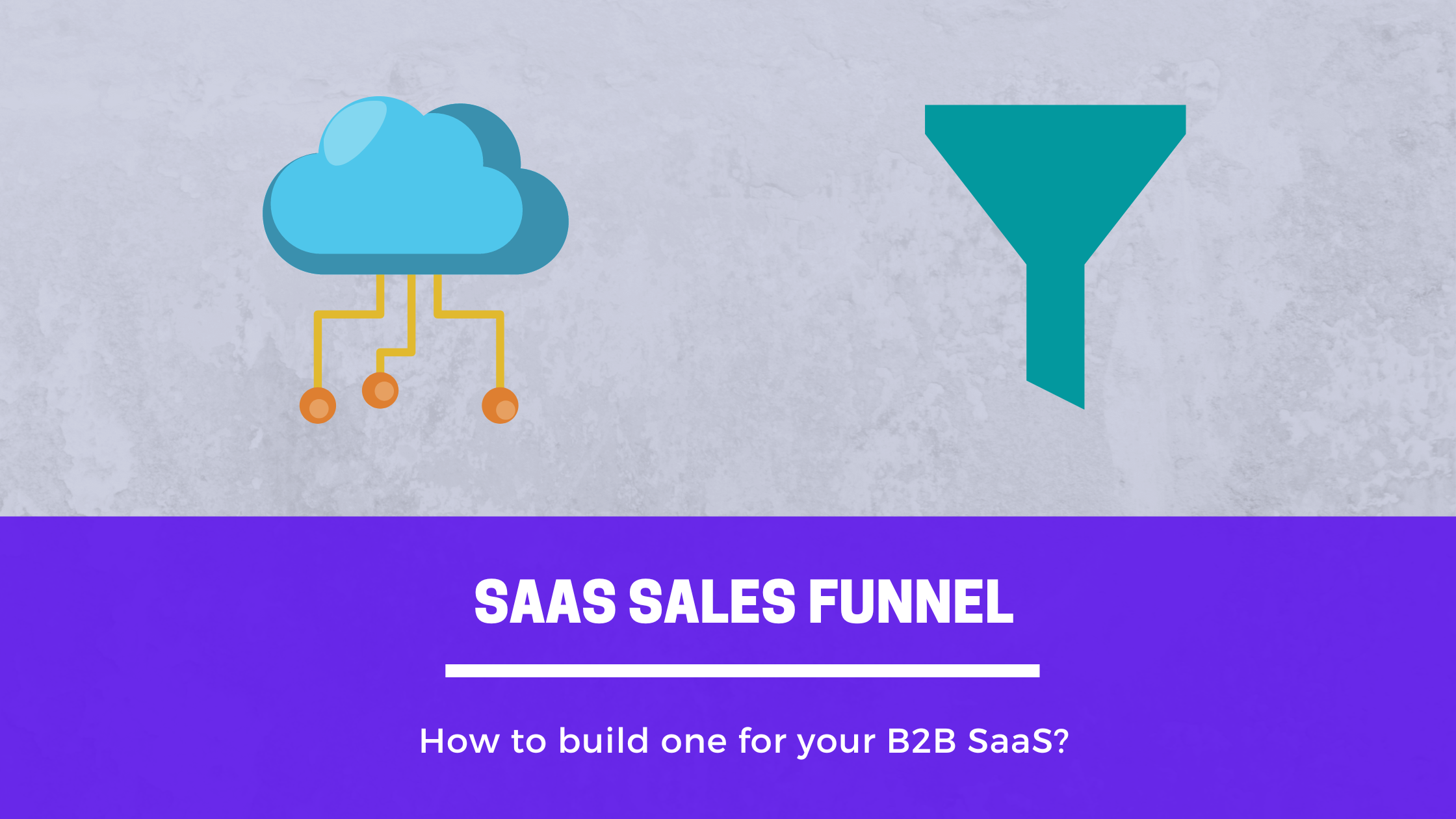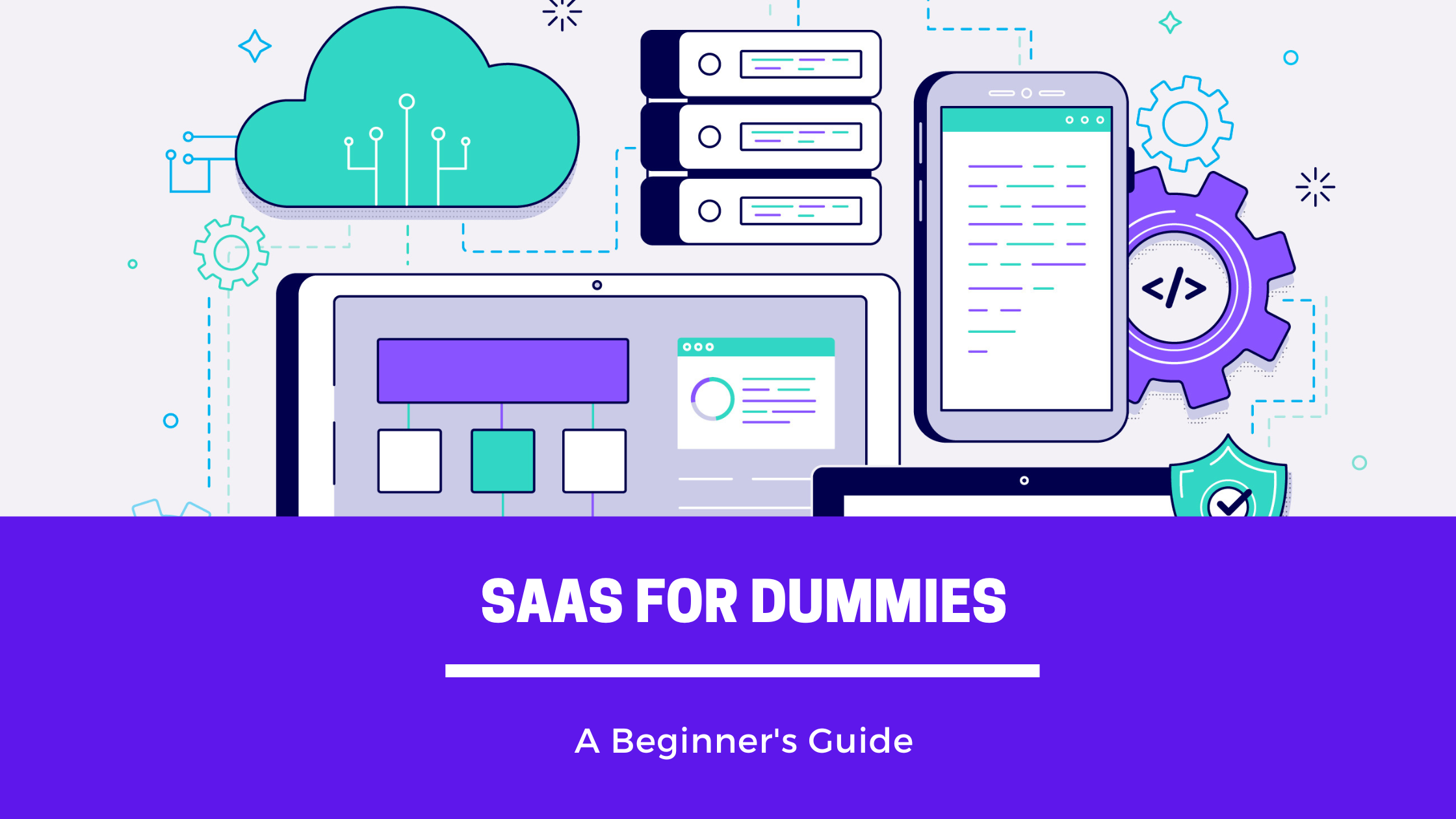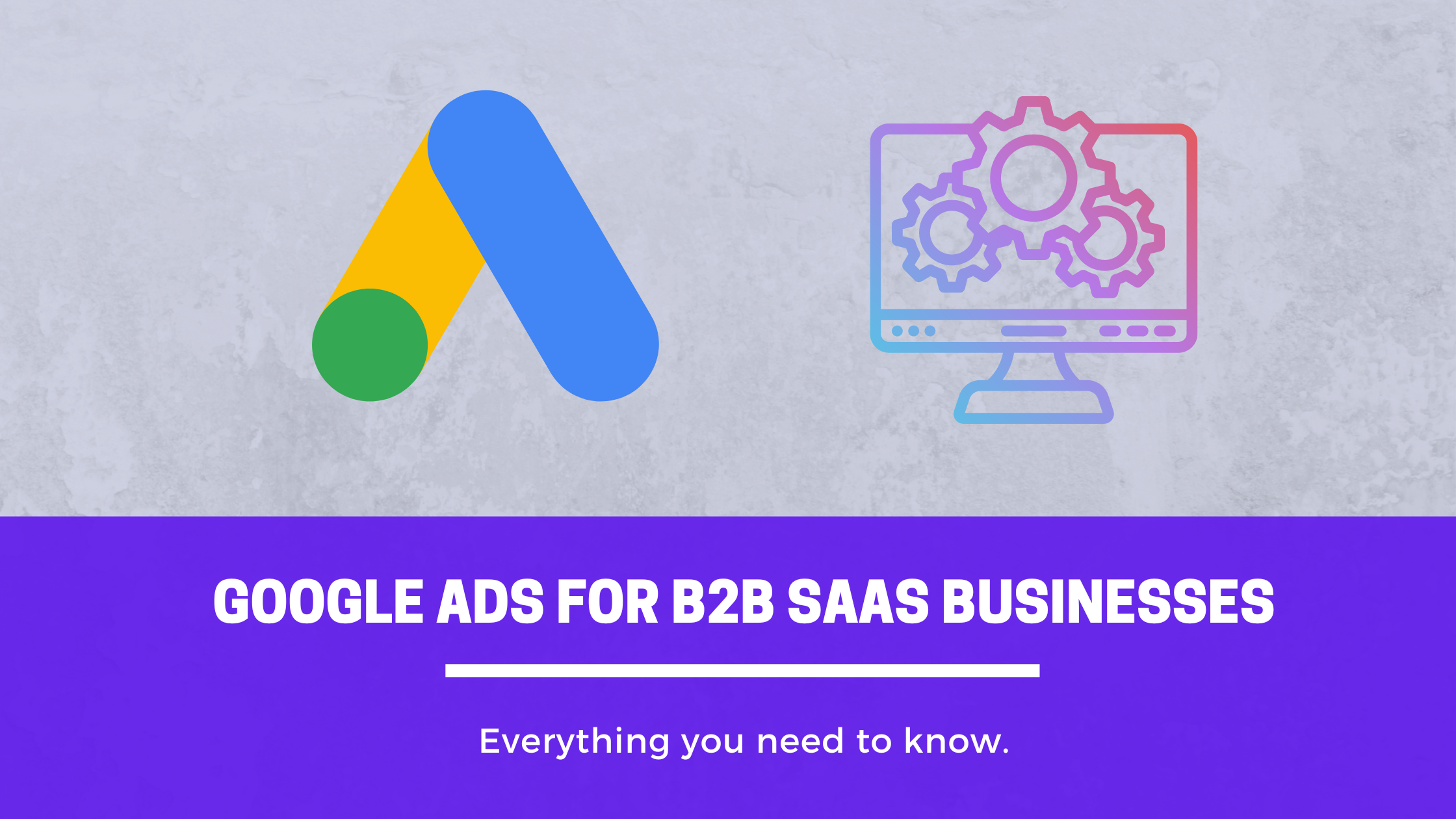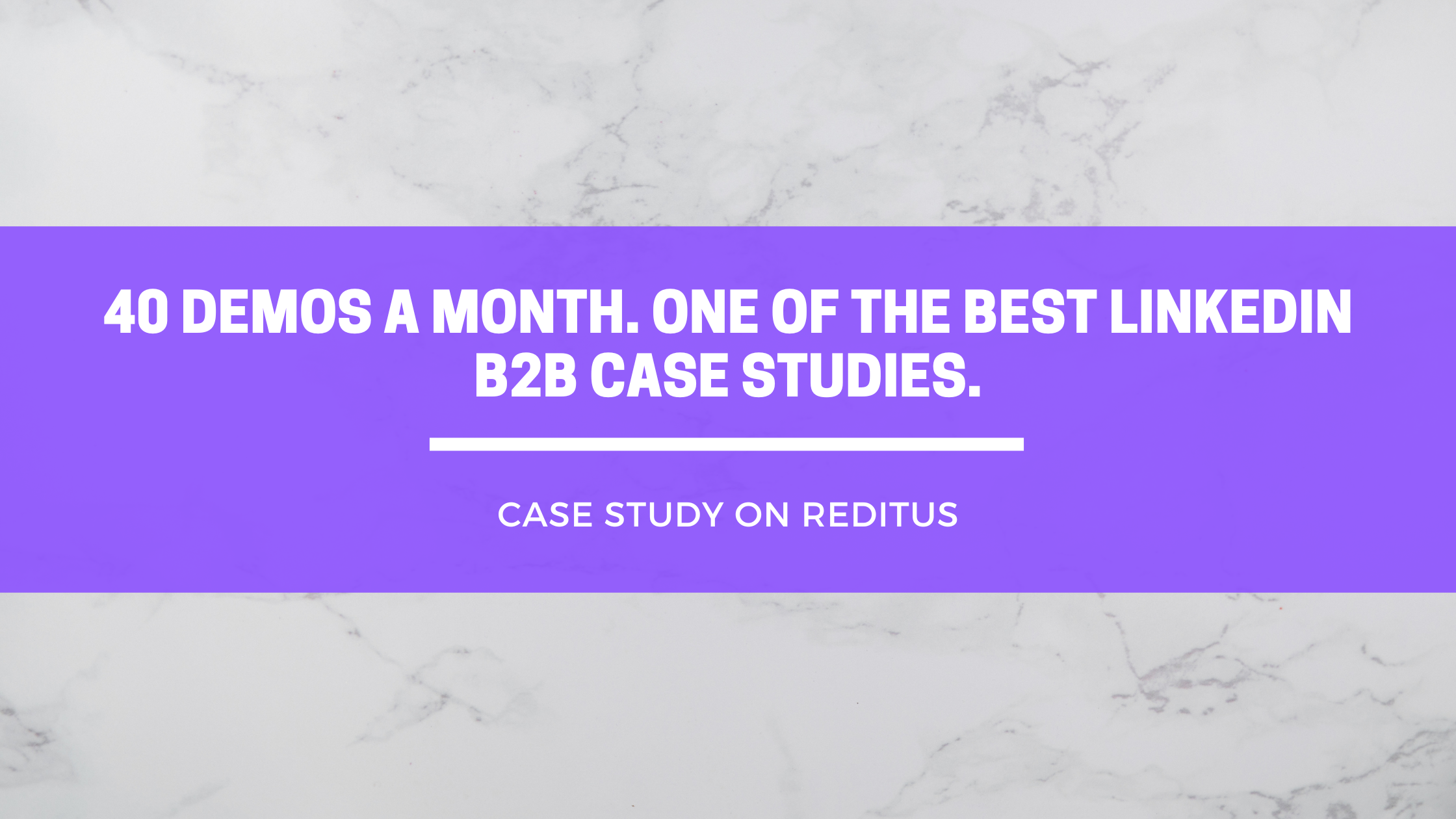This article provides an overview of SaaS security and discusses the importance of protecting sensitive data hosted on SaaS platforms. It outlines best practices for both vendors and users, including measures such as data encryption, user access control, regular audits, network security, backup and recovery, SLAs, vulnerability management, employee training, and third-party vendor management. The article emphasizes the shared responsibility of vendors and users when it comes to ensuring security.
What is SaaS Security?
SaaS Security is an essential aspect of cloud computing. It covers the measures taken to protect the data and applications hosted on Software as a Service (SaaS) platforms, which are becoming increasingly popular in the modern business landscape. SaaS providers are responsible for securing their applications and infrastructure, but users also have a role to play in protecting their own data. This includes implementing strong passwords, enabling two-factor authentication, and using encryption technology. It is also important for users to stay up-to-date with the latest security best practices and to regularly monitor their accounts for any suspicious activity. By working together with SaaS providers, users can ensure that their data is protected from potential security threats and that their applications remain secure and available at all times.
Why do you need SaaS Security?
SaaS applications are becoming increasingly popular, but they also come with unique security risks. SaaS providers store sensitive data for their customers, such as financial data, personally identifiable information, and confidential business information. This data is often accessed by multiple users from different locations, making it more vulnerable to attacks. SaaS Security is necessary to protect this data from cybercriminals and other security risks.
SaaS Security Risks
Below are some key security risks posed by SaaS applications,
Data Breaches
One of the biggest risks of SaaS applications is the potential for data breaches. SaaS providers store sensitive data for their customers, including financial data, personally identifiable information, and confidential business information. If a SaaS provider’s security is compromised, this data can be stolen or exposed.
Lack of Control
Another risk of SaaS applications is the lack of control that users have over the security of their data. When users store data on their own servers, they have full control over the security of that data. However, when using a SaaS application, users must trust that the provider is taking the necessary steps to secure their data. This lack of control can be unsettling for some users.
Insider Threats
Insider threats are also a risk with SaaS applications. An insider threat occurs when an employee of the SaaS provider intentionally or unintentionally causes harm to the provider’s security. This can include stealing data, introducing malware, or disrupting the provider’s systems.
Compliance Risks
SaaS applications can also pose compliance risks. Depending on the industry and type of data being stored, there may be legal requirements for how data is stored and secured. If a SaaS provider is not compliant with these requirements, customers may be at risk of violating regulations or facing legal penalties.
Technical Issues
SaaS applications can also face technical issues that can put users’ data at risk. These issues can include system crashes, network outages, and vulnerabilities in the application’s code. Technical issues can make it easier for cybercriminals to gain access to sensitive data.
Lack of Transparency
Some SaaS providers may not be transparent about their security measures, which can make it difficult for users to evaluate the risks of using their services. This lack of transparency can leave users vulnerable to security breaches and other risks.
SaaS security best practices (For Vendors)
1. Data Encryption
It is extremely important for SaaS providers to prioritize the security of their customers’ data. One way they can do this is by ensuring that all data transmitted between their applications and their customers’ computers is encrypted using SSL or TLS. This step will ensure that any data intercepted during transmission cannot be read or tampered with by unauthorized parties. But that’s not all – the data stored by the SaaS provider must also be encrypted. This means that even if an attacker were to gain access to the provider’s servers, they would not be able to easily read or extract sensitive data. By taking these measures, SaaS providers can give their customers peace of mind knowing that their data is secure and protected at all times.
2. User Access Control
SaaS providers should implement strong user access control measures to ensure that only authorized users have access to their applications and data. This includes requiring strong passwords, multi-factor authentication, and limiting access to sensitive data to only those employees who require it for their job.
3. Regular Audits for SaaS Security
It is important for SaaS providers to perform regular audits of their applications and infrastructure to identify vulnerabilities and ensure that security controls are working effectively. In addition, it may be helpful for providers to establish a security incident response plan in case of a breach. This plan should include steps for identifying and containing the breach, as well as procedures for notifying customers and other stakeholders. Regular security awareness training for employees and users can also help prevent security incidents. Finally, it is important for providers to stay up-to-date on the latest security threats and best practices to ensure that their security controls remain effective over time.
4. Network Security
SaaS (Software as a Service) providers play a critical role in the protection of their customers’ data. To effectively safeguard against security breaches, providers must implement a comprehensive set of network security measures. These measures can include firewalls, intrusion detection systems, data encryption, and access control mechanisms. It is also important for SaaS providers to remain up to date with the latest security threats and vulnerabilities, and to regularly update their security protocols. By doing so, providers can help ensure the safety and security of their customers’ sensitive information.
5. Backup and Recovery
SaaS providers should have a comprehensive backup and recovery plan in place to protect their customers’ data in the event of a disaster. This plan should include regular data backups to secure offsite locations, routine testing of data backups to ensure integrity, and a predetermined disaster recovery plan to ensure that services can be restored as quickly as possible. Additionally, SaaS providers should consider implementing redundant systems to minimize downtime and ensure continuous availability of critical services. By taking these measures, SaaS providers can demonstrate their commitment to the safety and security of their customers’ data, and provide peace of mind to their customers in the event of a disaster.
6. Service Level Agreements (SLAs)
Software as a Service (SaaS) providers need to provide a Service Level Agreement (SLA) that outlines the level of service that their customers can expect. A comprehensive SLA should include more than just uptime guarantees and response times. It should also ensure the availability of necessary resources for reliable and consistent service. Additionally, the SLA should provide a process for reporting and resolving issues that customers may experience. An effective SLA balances the interests of the provider and the customer, promoting a healthy and mutually beneficial relationship.
7. Vulnerability Management
Software as a Service (SaaS) providers should prioritize the security of their systems and data, as their customers rely on them for safe and reliable access to their services. One important aspect of a comprehensive security strategy is the implementation of a vulnerability management program. This program should include regular vulnerability scans, as well as a plan for quickly addressing any vulnerabilities that are identified. Beyond simply identifying and patching vulnerabilities, providers should also have a plan in place for communicating with their customers and the public regarding any security incidents that may occur. This level of transparency and accountability can help build trust with customers and demonstrate a commitment to security best practices.
8. Employee Training for SaaS Security
SaaS providers should ensure that their employees are trained in security best practices, including password policies, multi-factor authentication, and other security measures.
9. Third-Party Vendors
SaaS providers should ensure that any third-party vendors they use for their applications also follow security best practices.
SaaS security best practices (for users)
As a user of Software as a Service (SaaS) applications, it is important to understand your responsibilities for ensuring the security of your data. While SaaS providers have a responsibility to secure their applications, users also have a role to play in protecting their own data. In this blog post, we will discuss the security responsibilities of SaaS users.
1. Passwords
One of the most important security practices for SaaS users is creating strong passwords. In addition to choosing passwords that are difficult to guess and using a combination of letters, numbers, and symbols, users should also consider the length of their passwords. Longer passwords are generally more secure than shorter ones, so it’s a good idea to aim for a password that’s at least 12 characters long.
Another important consideration is using a unique password for each SaaS application. This can help to prevent a single compromised password from putting all of a user’s accounts at risk. To make it easier to manage multiple passwords, users may want to consider using a password manager.
It’s also important to change passwords regularly, even if there’s no indication that a password has been compromised. This can help to protect against potential threats that may not have been detected yet. A good rule of thumb is to change passwords every 90 days.
By following these simple steps, SaaS users can help to protect their accounts and sensitive information from unauthorized access and potential breaches.
2. Multi-Factor Authentication
Many SaaS (Software as a Service) providers offer multi-factor authentication as an additional security measure. This feature can provide an extra layer of security to user accounts, which can be particularly important for those who store sensitive or confidential information on their accounts. Multi-factor authentication works by requiring users to provide two or more forms of identity verification before they can log in to their accounts. This can include something they know (like a password), something they have (like a smartphone), or something they are (like a fingerprint). By using multi-factor authentication, users can better protect themselves from cyber attacks such as phishing, hacking, or identity theft. It is important to note, however, that multi-factor authentication can also have drawbacks, such as increased complexity or inconvenience, so users should carefully consider the trade-offs before enabling this feature.
3. Access Control for SaaS Security
Users should also control who has access to their SaaS applications and data. This means not sharing login credentials with others and limiting access to sensitive data to only those who require it for their job.
4. Employee Training for SaaS Security
Ensuring that employees are adequately trained in security best practices is of the utmost importance in today’s digital age. Companies must go beyond simply mandating the use of strong passwords and implementing multi-factor authentication measures. Instead, they must provide their employees with comprehensive training programs that cover all aspects of cybersecurity.
In addition to password policies and multi-factor authentication, employees should also be trained on how to recognize and avoid phishing scams, how to securely store and transmit sensitive data, and how to respond to security incidents. They should also be informed of the latest threats and vulnerabilities, and how to stay up-to-date on best practices for protecting against them.
By investing in employee training and education, companies can significantly reduce the risk of cyber attacks and data breaches. In fact, studies have shown that companies that prioritize employee training and education have significantly lower rates of security incidents and breaches compared to those that do not. Therefore, it is imperative that companies prioritize cybersecurity training and education for their employees as part of their overall security strategy.
5. Third-Party Vendors
Users who are considering utilizing third-party vendors for their SaaS applications should be aware that security should be the top priority. In order to ensure that the third-party vendor is following security best practices, it is important to check that they have adequate security measures in place. This includes not only data encryption but also user access control and regular audits to ensure that the data is protected. Furthermore, it is important to verify that the vendor is compliant with industry standards and regulations to minimize the risk of a breach. It is also recommended to have a contingency plan in place in case of a security breach or other disaster, in order to minimize the impact on the business and its users.
SaaS security checklist
To ensure that your organization is following best practices for SaaS security, use this checklist:
- Evaluate the security of your SaaS providers before signing up for their services.
- Use strong, unique passwords for each SaaS application and change them regularly.
- Take advantage of multi-factor authentication when it is offered.
- Control who has access to your SaaS applications and data.
- Ensure that your employees are trained in security best practices.
- Regularly review your SaaS applications and infrastructure for vulnerabilities.
- Have a backup and recovery plan in place.
- Ensure that any third-party vendors you use for your SaaS applications also follow security best practices.
- Stay up-to-date on the latest security trends and best practices.
By following these best practices, you can help protect your organization’s data and applications from security risks.
Conclusion
SaaS security is essential for protecting sensitive data hosted on SaaS platforms. SaaS applications can pose unique security risks such as data breaches, lack of control, insider threats, compliance risks, technical issues, and lack of transparency. To ensure SaaS security, vendors should follow best practices such as data encryption, user access control, regular audits, network security, backup and recovery, SLAs, vulnerability management, and employee training. Users also have a responsibility to protect their own data by using strong passwords, multi-factor authentication, controlling access, training employees, and ensuring third-party vendors follow security best practices.








